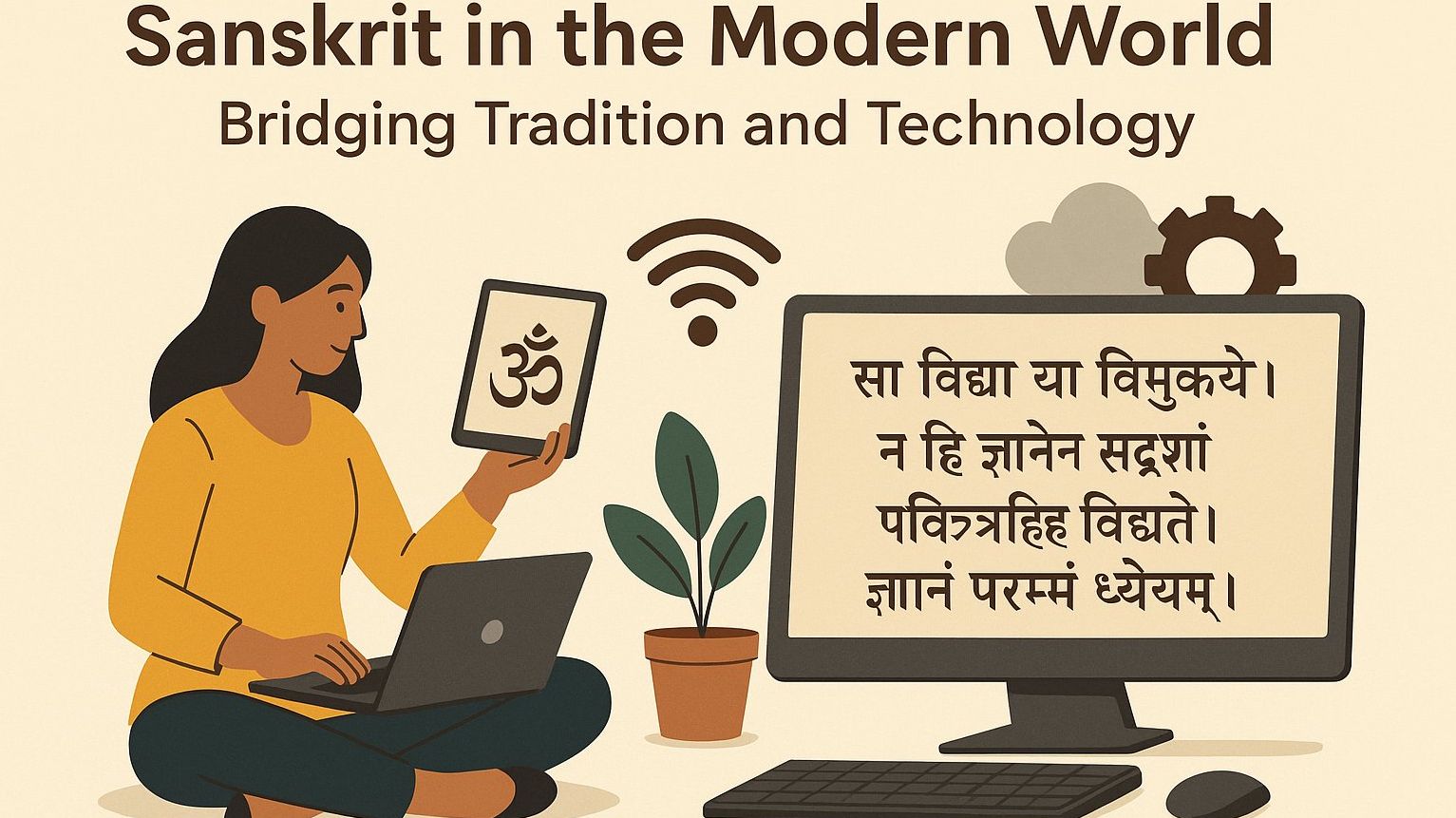

In the 21st century, Sanskrit is no longer confined to ancient texts or rituals. The language has embraced modern technology, serving as a bridge between tradition and innovation.
Sanskrit’s digitization has unlocked a wealth of knowledge, making it accessible to scholars and enthusiasts worldwide. Platforms like Sanskrit dictionaries, e-text libraries, and apps for learning Sanskrit have gained significant popularity. Initiatives like Google Translate have even incorporated Sanskrit, increasing its visibility.
AI and machine learning are revolutionizing Sanskrit studies. Tools are being developed to decipher ancient manuscripts, translating them into modern languages while preserving their context. AI also aids in Sanskrit text analysis, helping researchers explore linguistic patterns and philosophical ideas.
Many schools and universities globally have incorporated Sanskrit into their curriculum, blending traditional teaching methods with modern pedagogical tools like virtual reality and interactive platforms. These approaches make learning Sanskrit engaging and relevant to today’s learners.
Sanskrit has found its way into global pop culture, influencing movie scripts, music, and even video games. Its philosophical richness and aesthetic appeal make it an attractive element in creative industries, furthering its reach among younger audiences.
Sanskrit texts on yoga, Ayurveda, and meditation are studied alongside modern scientific disciplines. This integration highlights the language’s relevance in addressing contemporary challenges like mental health, sustainability, and ethical living.
By harnessing technology, Sanskrit continues to evolve, proving that ancient wisdom can thrive in a modern context. It stands as a testament to the enduring relevance of tradition in a rapidly changing world.